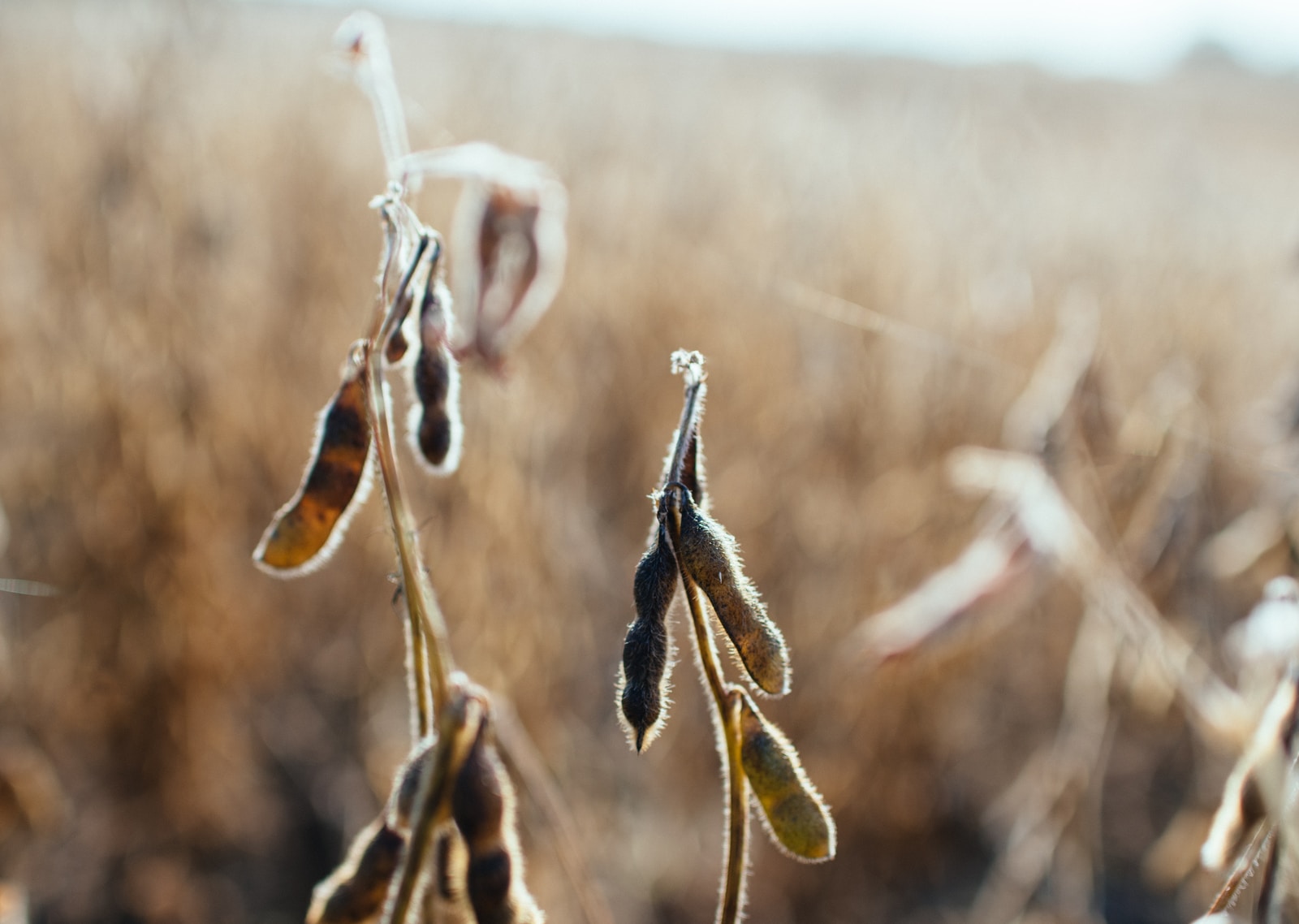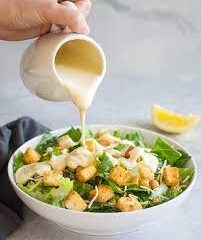Misunderstood Ingredients in Horse Feed

There is much misinformation surrounding the primary commodities used in producing commercial horse feeds. Some of this misinformation comes from competitors within the industry trying to raise doubts in their competitor’s quality.
Other sources flow from a conflation of consequences of feeding these commodities to species other than horses. Cats, dogs and humans share very little common ground when it comes to equine metabolism and digestion. Horses fare much better on some food products than pets and people will.
Ingredients and Nutrition
There is some conflict surrounding ingredients and the nutrition they provide. Keep in mind that any of these ingredients can be both harmful and completely ineffective depending upon the quantities used in the formulation of the feed.
Feeding your horse five pounds of dried corn will almost certainly result in a bad outcome for the horse. However, corn is an excellent source of protein when used in the proper amounts.
A Blanket Observation
Before we review the major commodities it is important to remind you that horses have been designed to process grass. If your goal is to keep the most natural diet for your horse then put her out on a scrubby, not great pasture and call it a day.
As long as you aren’t asking the horse to do much work and you aren’t concerned with hoof health, coat condition, top line and longevity your horse should lead a normal horse’s life. Of course, it will be shorter and more health challenged than a horse that has their PRIMARILY FORAGE diet supplemented with concentrated feeds or balancers.
None of the following commodities are part of a horse’s “natural” diet and may have negative consequences in a very few horses. If a horse is sensitive to soy it can be a problem ingredient for that individual horse.
Any of these commodities fed in the wrong amounts or the wrong balance can have negative consequences for a horse. It is for this reason that I discourage “home brews” made up of varying amounts of individual commodities.
Here we go…
Soy
Soy seems to get blamed for everything in some circles. Soy and soy products have been a part of the human diet for nearly 5,000 years but our concern is feeding horses.
Soy is a good source for very high quality protein and most importantly for horses L-Lysine. All parts of the bean including the oil that is extracted are easily digestible by the horse.
Processing is the tricky part of soy. Raw soybeans are toxic to horses because they contain a protein inhibitor so turning your horse loose in a soybean field will probably not work out too well. Soybeans must be heated to a very narrow temperature range to not only be safe but to achieve the highest nutritional value. Processing soybeans to either side of this temperature range will give poor results.
Soybean hulls are an excellent source of fiber for horses. Being easily fermented in the cecum, soybean hulls produce significant amounts of volatile fatty acids as a ready energy source for our equines.
Wheat Middlings
“Midds” are often considered poor quality “junk” filler used in horse feed. This unfortunate misunderstanding is a conflation from the pet food industry where wheat middlings ARE poor quality junk filler for dogs and cats since neither species digests them particularly well.
Unlike cats and dogs horses digest wheat middlings quite well.
White bread has earned its place as “junk” food containing mostly empty carb calories and not much else. The reason for this is that all the good parts of the wheat kernel have been processed out and discarded. The name of this byproduct? “Wheat middlings”.
That’s right, everything that makes white bread a bad nutritional choice for humans leaves a byproduct beneficial for our horses. Midds are high in protein, fiber and phosphorous.
Quality of wheat middlings is dependent on the quality of the wheat being processed and can vary greatly.
Corn
Most people feeding horses today know that using corn as a primary feed or ingredient for horses can be problematic for many horses because of the high content of nonstructural carbohydrates.
Like other concentrate commodities corn offers a highly palatable and relatively inexpensive source of protein and fiber. Because of the low cost of corn, most low price economy horse feed uses corn as a primary ingredient. When selecting a bag of feed from the economy feed aisle in your feed store there is a high probability that the feed will contain a high volume of corn along with a correspondingly high NSC content.
On the other hand, when feeding a high quality feed that displays guaranteed sugar and starch levels on the feed tag, seeing “corn” included in the list of ingredients shouldn’t trouble you.
Dried Distillers Grain
“DDG”s are the byproduct of commercial fermentation. Breweries, distillers and ethanol fuel plants use whole corn as a source of starch and sugar to produce alcohol. DDGs are what’s left over.
The upside for our horses is that DDG is low in NSC because most of the starch and sugar have been converted to alcohol leaving behind mostly protein and some vitamins.
DDG is attractive for feed production because it is plentiful, easy to transport and economical as well as a good source of protein.
The downside of DDG is that the quality of corn and other grains used in the original brewing process is not as critical as the corn used for direct inclusion in feed.
Production Values Matter
You will have noted that the “downside” to all of these commodities comes down to the quality of the ingredient used by the feed company. Like every other ingredient we use to create anything from soup to house paint the quality of that ingredient will play an important role in the outcome of the final product.
Testing and analysis of these commodities by the feed producer as a last step before being included in the production of their feed is essential to assure quality and consistency of the feed. I have been at the production mills of the biggest feed companies and I can tell you that every truckload of commodity ingredients is sampled. The driver pulls into a waiting lot until his load has been approved for acceptance.
I can’t emphasise enough that performance results are the best way to determine the quality of the feed. Remember that horses aren’t protected by law or regulation from false claims of efficacy.



0 Comments